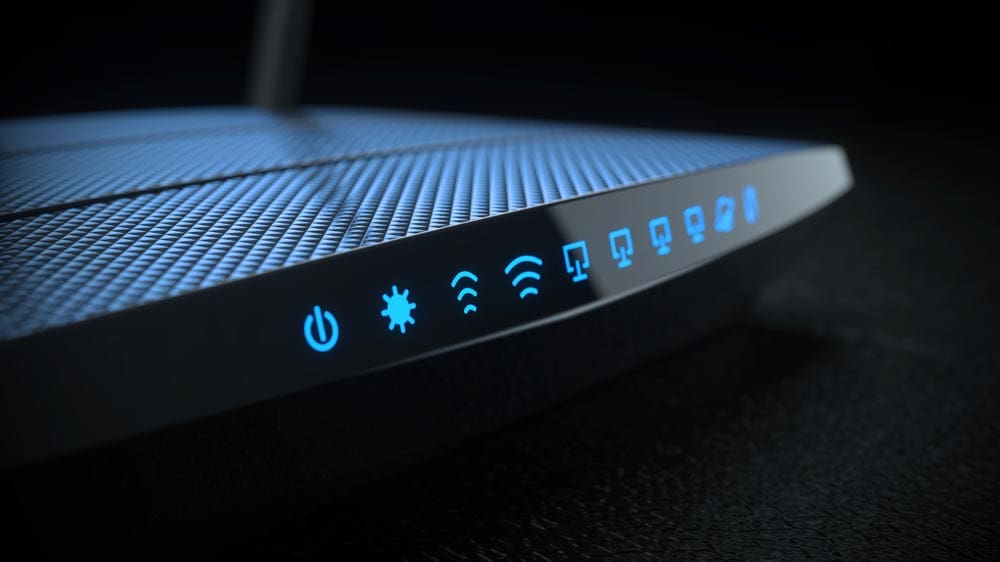Believe it or not, the IEEE 802.11™ Working Group is celebrating its 20th anniversary as an active wireless standards development organization. Time flies – and thanks to this productive group, so does communication.
When project IEEE 802.11 (Wireless Local Area Networks (WLAN)) was created in September of 1990, its original goals were to bring together forward-thinking technology leaders to develop interoperable wireless standards reaching a data rate of over 1 Megabyte per second. Nineteen years later the working group produced IEEE Std 802.11n™, which provided a 600-fold increase in data rate. Their newest project goals include extending the data rate to 5000 Megabytes per second (or 5 Gigabytes per second).
IEEE 802.11 standards have evolved to become one of the primary means to wirelessly access the Internet in the office, at home, airports, hotels, restaurants, trains and even aircraft. Today’s laptops, PDAs and mobile phones are typically equipped with an IEEE 802.11 radio. IEEE 802.11 standards have enabled a whole range of applications and economy for wireless communication. The standards serve to underpin ubiquitous wireless communications networks for entire industries.
“The standards produced by the IEEE 802.11 Working Group have provided untethered, low cost, high rate data communications that dramatically influence our everyday lives and will continue to do so well into the future,” said Bruce Kraemer, Chairman of the Working Group. “The high quality and broad commercial acceptance of the IEEE 802.11 standard is a testament to all of the members’ dedication, innovation, and vision. IEEE 802.11 continues to push the boundaries of innovation two decades after its inception.”
Enhancements are not limited to data rate. The IEEE 802.11 working group is addressing aspects such as more efficient use of the radio spectrum, more advanced security, quality of service over the air interface, and special regional extensions for Europe and Japan to meet their regulatory requirements for short-range radio equipment.
Looking Back: Key IEEE 802.11 Wireless Milestones
- September 1990 – IEEE 802.11 project initiated with the concept of creating a WLAN standard for shared local communications interworking with the successful wired IEEE 802.3 (Ethernet) product
- 1997 – Standard released, supported 2 Mb/s data rates in the 2.4 GHz band
- 1999 – Improvements were added for increased data rates in the 2.4 GHz band and availability in the 5 GHz band
- 1999-2009 -The IEEE 802.11 wireless LAN blossomed in the home market. Also, users started to apply the devices to build community networks where incumbent telecommunications providers did not offer service
- 2009 – The IEEE 802.11n™ amendment provided another ten-fold increase in data rate (now peaking at 600 Mb/s) and added other radio range extension enhancements such as beamsteering
- 2010 and Beyond – The IEEE 802.11 Working Group celebrates 20 years of achievements
- IEEE 802.11 is working to increase data rates another ten-fold, to 5 Gb/s
- IEEE 802.11ac™ task group will extend IEEE 802.11n-like capabilities in the 5 GHz spectrum
- IEEE 802.11ad™ task group will develop an extension for operation at 60 GHz
- Other projects underway will provide dynamic management of the air interface, adaptations for vehicular use, mesh operation, interworking with cellular systems, and peer-to-peer link establishment
About IEEE 802
The IEEE 802® LAN/MAN Standards Committee has been developing interoperable LAN and metropolitan area network (MAN) standards for 30 years. Its most transformative successes have been Ethernet and Ethernet switching, Token Ring, IEEE 802.11 (Wi-Fi) and IEEE 802.15 PAN. Its work continues for the most widely used Ethernet family, Token Ring, Wireless LAN, Wireless PAN, Wireless MAN, Wireless RAN, Bridging and Virtual Bridged LANs standards. Individual working groups provide the focus for each area. Decisions by the IEEE 802 working groups will shape communications for years to come. View more information about the IEEE 802 LAN/MAN Standards Committee








